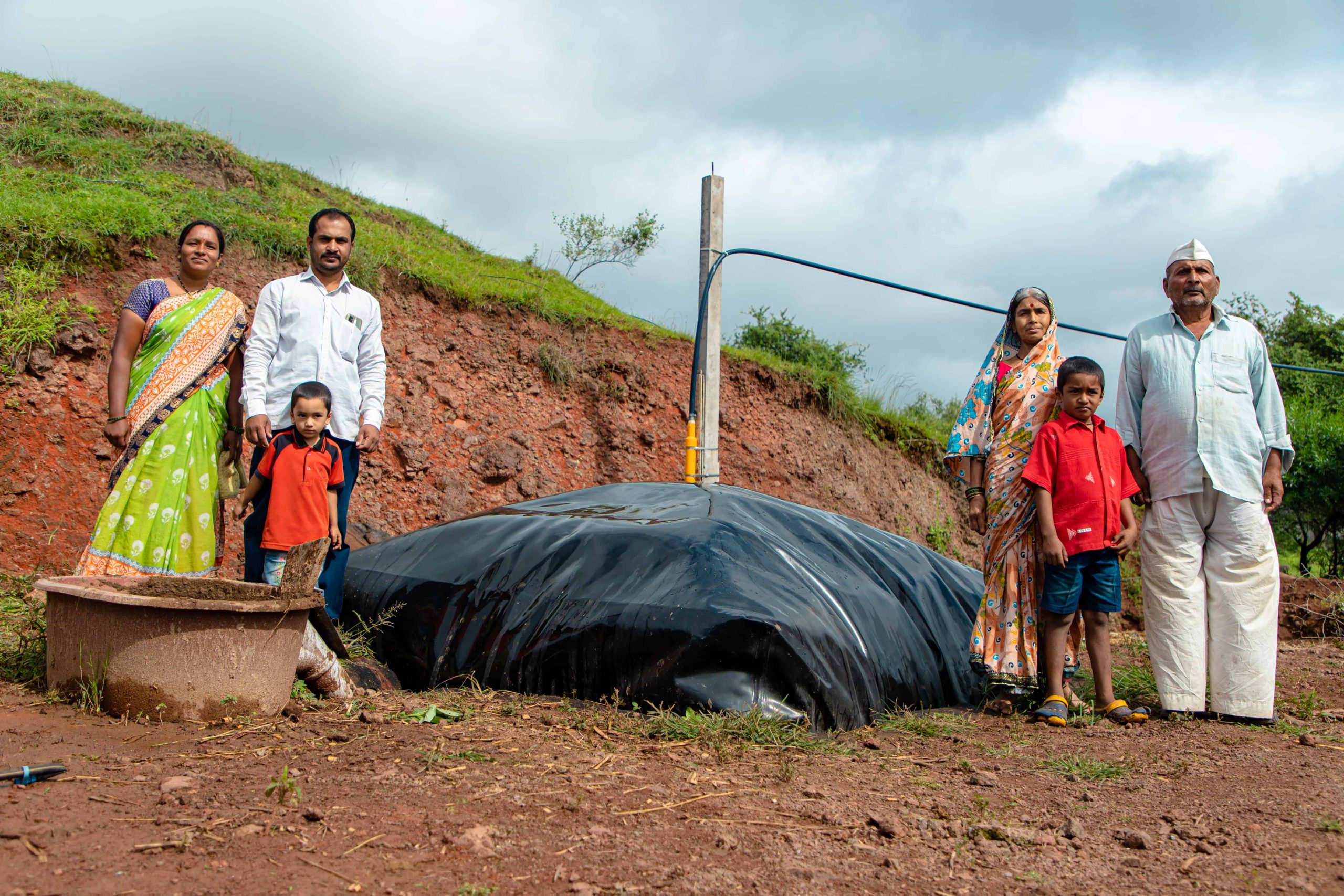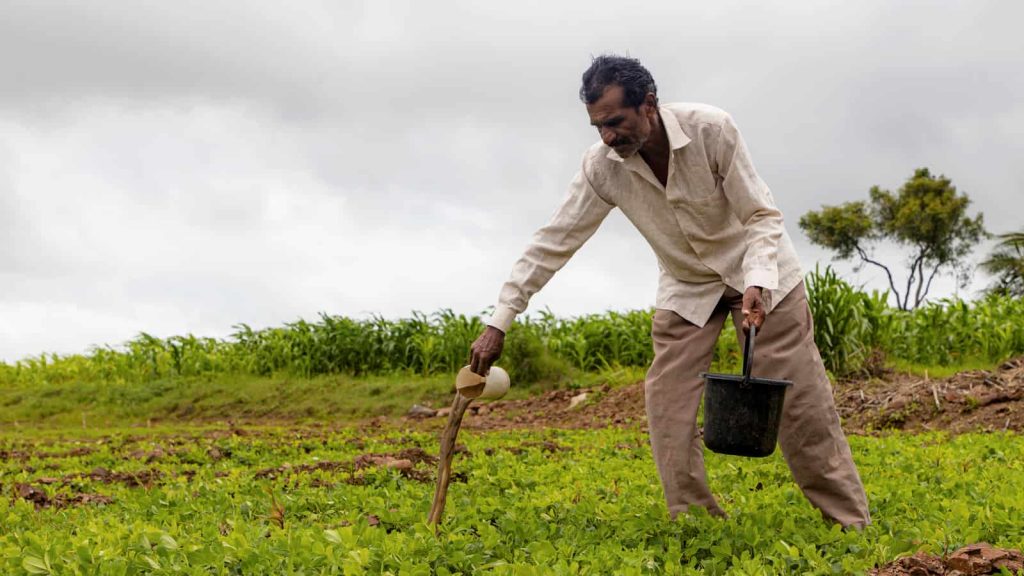
Alex Eaton
CEO
The United States has been joined by over 30 other nations to call for a 30% reduction in global methane emissions by 2030. Methane emission reductions is a smart goal, as reducing methane concentrations can have an oversized impact on the rate of global warming. It is also smart because effective actions to reduce human methane emissions require investing in agricultural sustainability, particularly for small and medium farmers. Investing in farmers has the potential to drive climate change mitigation and adaptation in our global food system while supporting progress on the SDGs, specifically poverty, hunger health, gender and energy access.
There are between 400-500 million smallholder and family farms that manage the majority of the arable land and feed the majority of the world’s population. While smallholder and family farms tend to be smaller and less intensive than industrial agricultural systems, they are still associated with significant GHG emissions. Methane emissions from agriculture and waste are equivalent to approximately 56% of anthropogenic emissions. Small farmers produce methane emissions principally through dairy and meat production—which alone is 30% of human methane emissions—but also through rice production, the use of biomass fuels for energy, and burning crop residues.
A targeted package of training, technology and financing for small farmers in Latin America, Africa and Asia that reached 200 million farmers before 2030 could achieve the goals of the Global Methane Pledge and create additional climate and social impacts:
- Training: with proper training, extension work and incentives, farmers could improve animal diets to reduce enteric methane emissions, learn alternatives to rice flooding and stubble burning, improve the carbon capturing potential of their soil and realize the benefits of integrating agroforestry practices.
- Technology: There is a wide range of clean energy and waste management technologies that could be used by farmers to reduce methane emissions and other GHGs. For example, with the use of anaerobic digesters, farmers can treat organic waste streams and capture methane that would have gone into the atmosphere and use it as a clean source of energy. This reduces the carbon and methane emissions from traditional biomass fuels and provides organic fertilizer that improves soil and crop production while reducing the CO2 and NO2 from synthetic fertilizer use.
- Sustainable Financing: Farmers can be incentivized to reduce methane and other greenhouse gases through emission reductions financing programs that can improve the pricing and payment terms for creating climate-smart infrastructure and processes on their farms.

Through application of training, technology, and financing services for small farmers, total human methane emissions could be reduced by 30% globally, with a disproportionate impact on the rate of climate change. Agricultural methane emissions are the bulk of emissions for many countries, and the Global Methane Pledge will be a smart one if the challenges of reducing methane emissions turn into an opportunity to invest in the future of our food systems and the resilience of small farmers.
